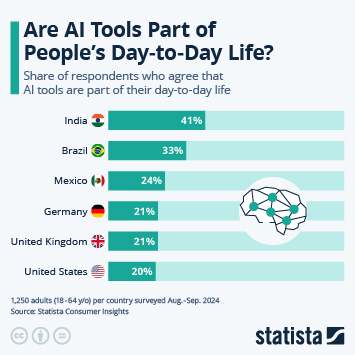After 16 years of Angela Merkel followed by three and a half years of the unbeloved traffic light coalition of social democrats, the green party and liberal democrats, Germany is at a crossroads ahead of Sunday’s snap election. Divisions sown during the Covid-19 pandemic paired with economic frustrations caused by inflation and recession created the ideal breeding ground for the far-right populist AfD, which has risen in popularity and looks set to gather around 20 percent of the vote on Sunday.
The rise of the AfD has also mobilized a counter-movement as more than a million Germans have hit the streets in recent weeks, demonstrating for an open, progressive and diverse society. Young people in particular are concerned about the future of their country and the Europe they grew up in, as the AfD stands against the core values of the European Union, which it would like to leave or abolish altogether. The same goes for climate change, one of the key concerns of young Germans, which the AfD denies, seeking to roll back climate policies instead.
There is, however, a sense of powerlessness among Germany’s youth, as older voters will have a far bigger share of the vote in Sunday’s election. According to the Federal Statistics Office, only 13 percent of the roughly 59 million eligible voters are under 30, while people above the age of 60 make up more than 40 percent of the electorate. This creates a situation, not unlike the UK’s Brexit vote in 2016, when young Brits, broadly in favor of remaining in the EU, were outvoted by their older compatriots. Now, this election won’t be as consequential as the Brexit vote was, at least not in the short term, but it’s another example of demographic change having a real impact on electoral outcomes and consequently of future policies.




















